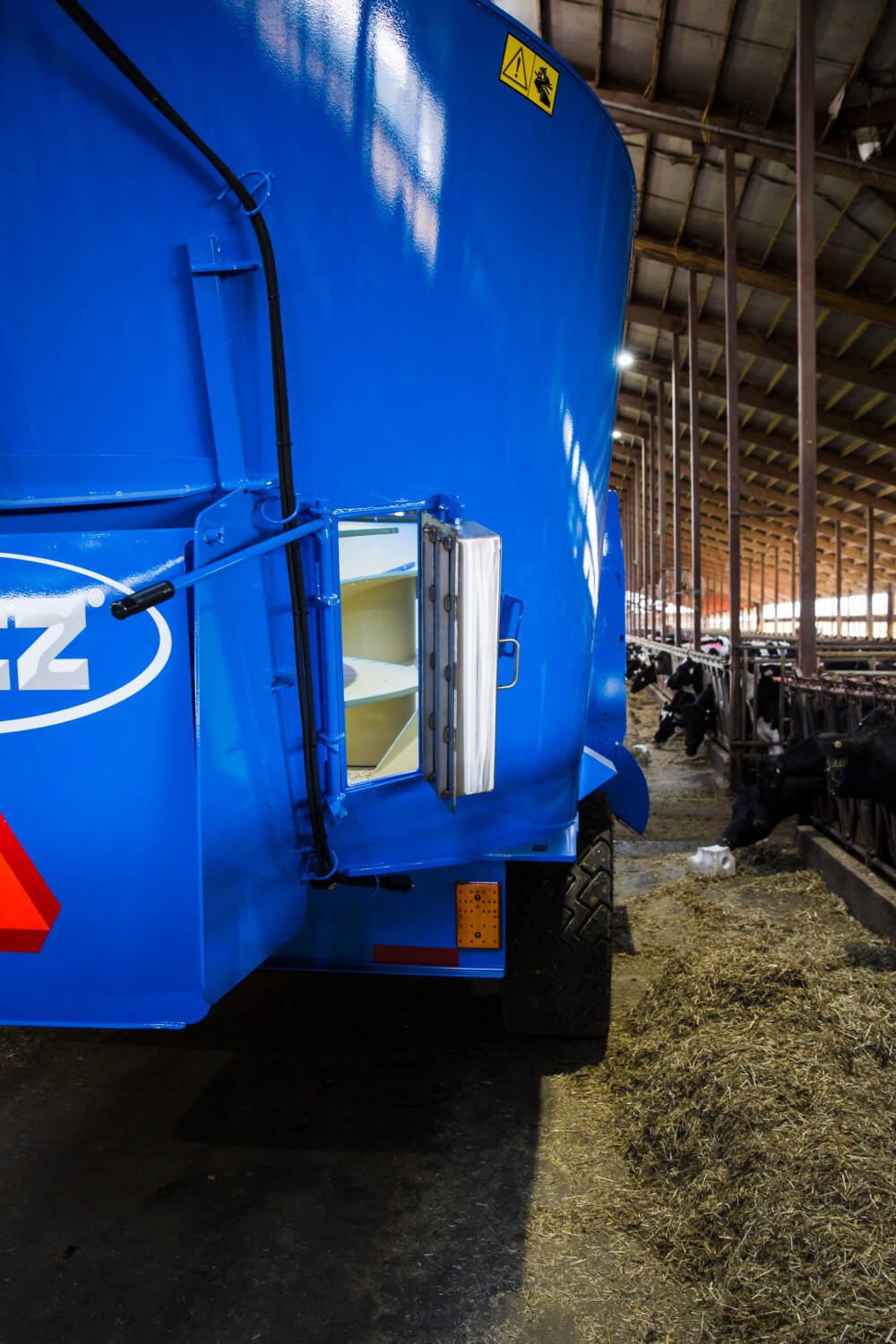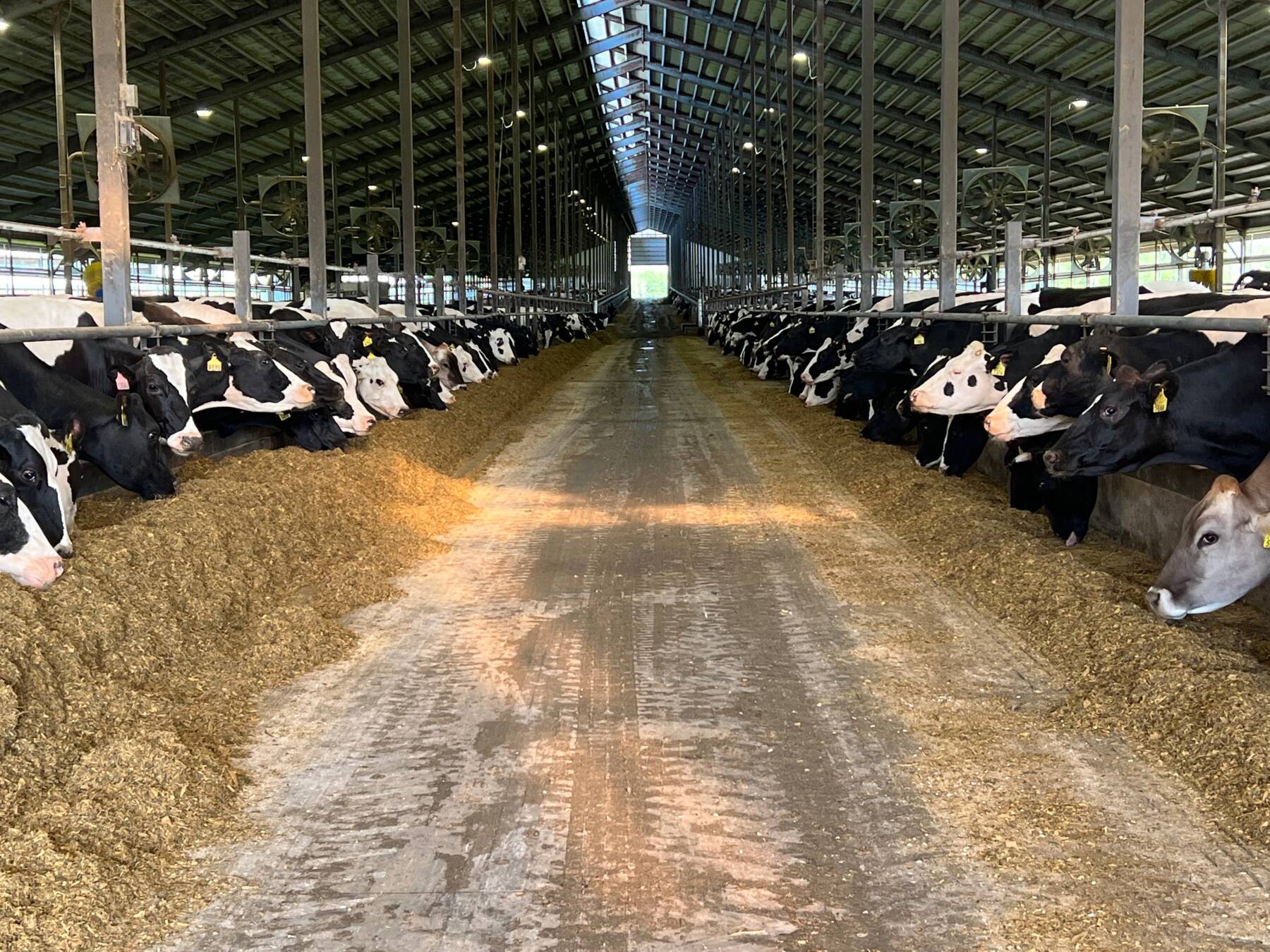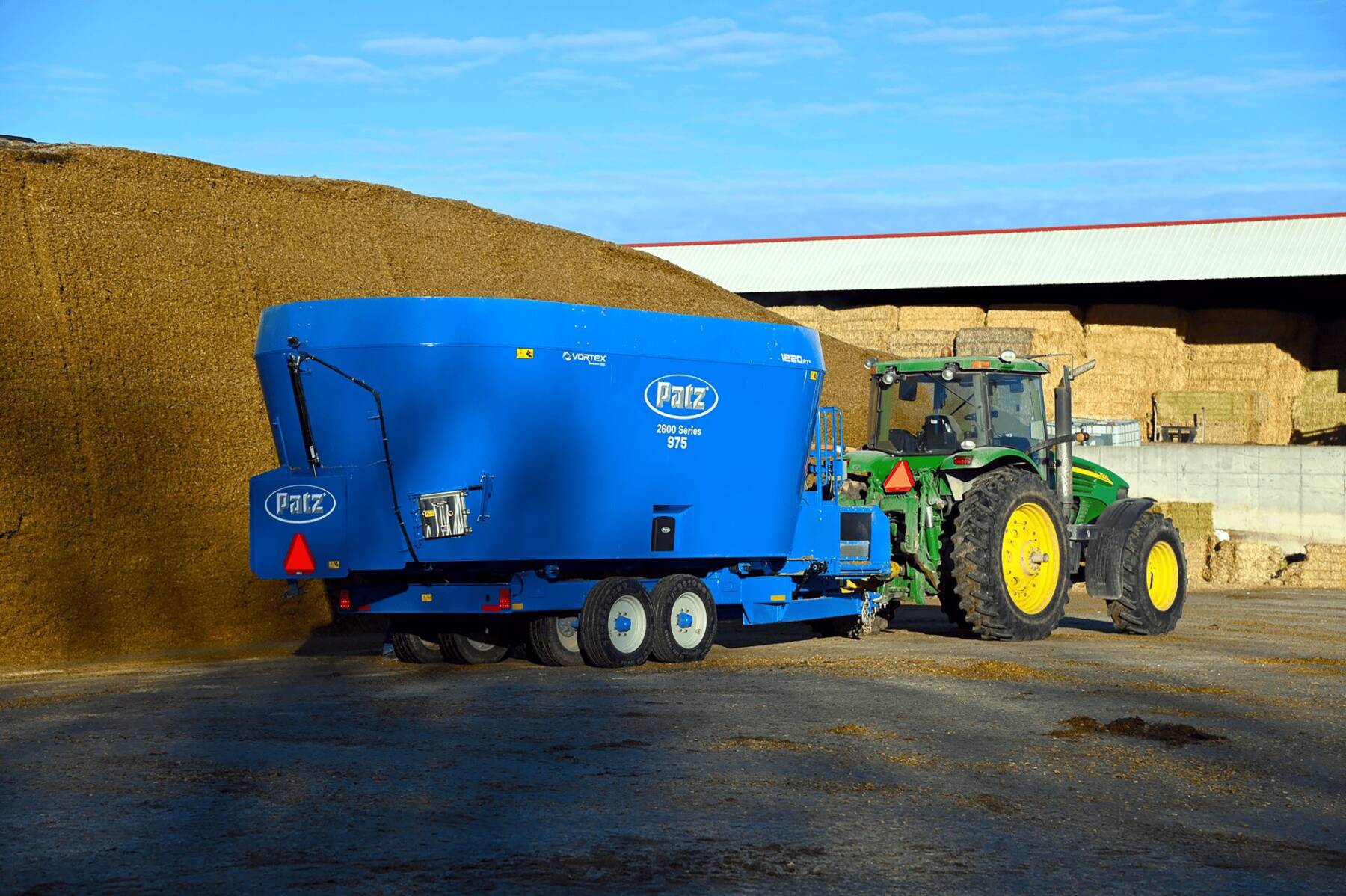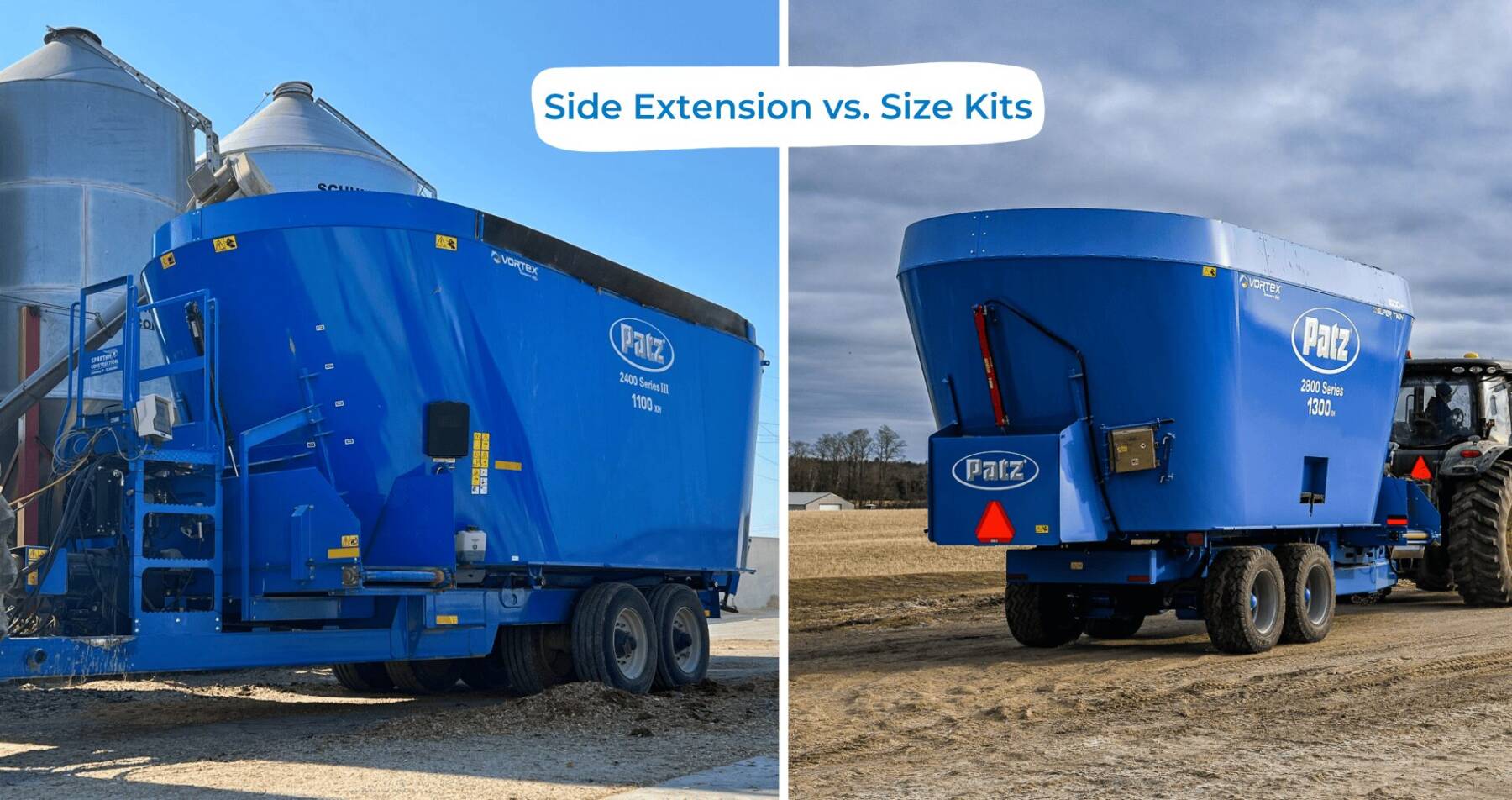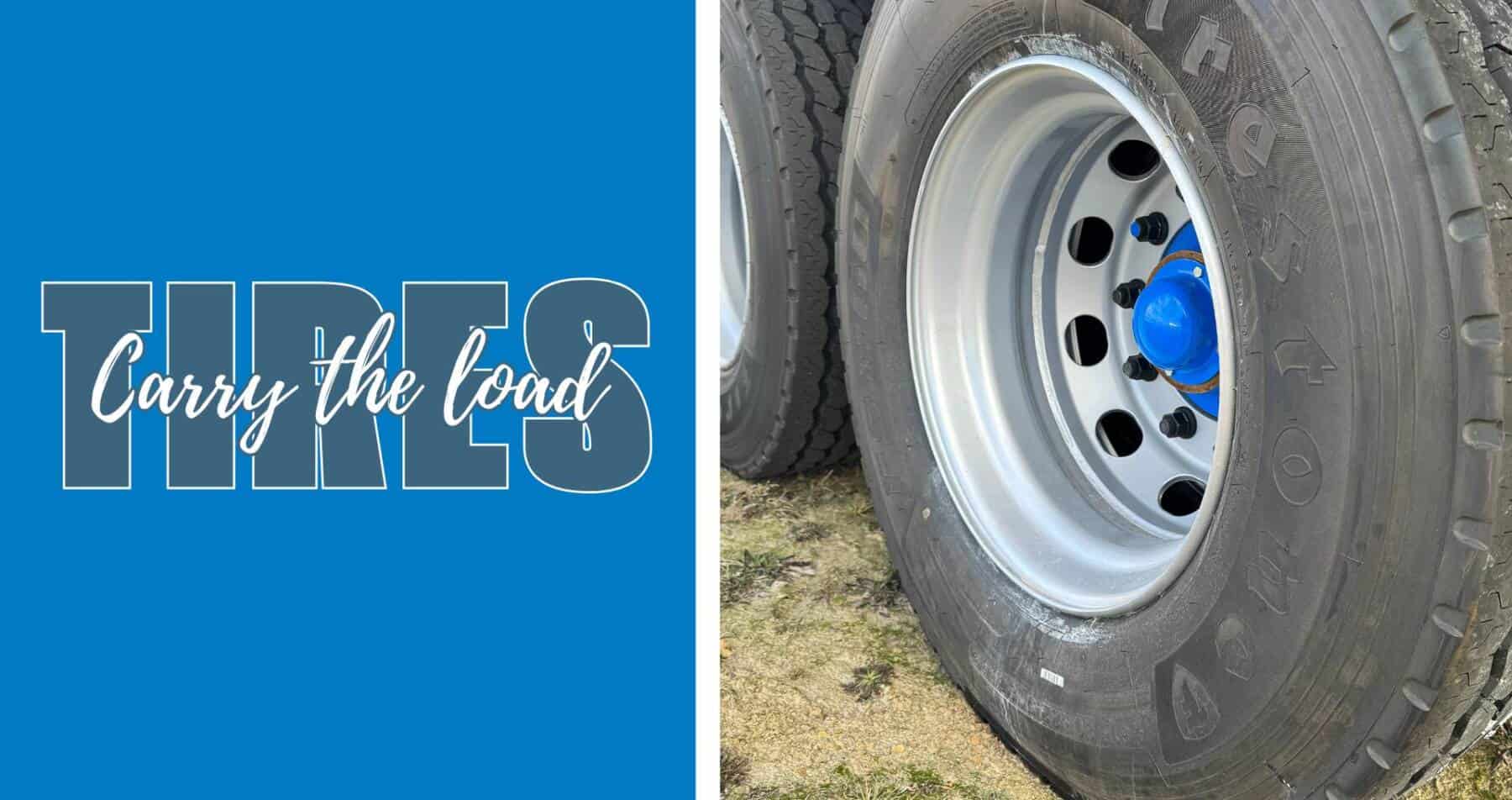
Tires Carry the Load
Practice Proper Tire Maintenance to Extend their Life
Do you have the right tire for carrying your load? Running tires at the proper inflation pressure extends the life of the tire and maximizes efficiency.
Familiarize yourself with your equipment tires. Learn the recommended load weight, the maximum speed, tire pressure, and what tools are needed for doing repairs. If tires aren’t suited for the application, weight, or speed, running outside of these parameters will inflict damage and eventually failure.
Tire specifications are not universal and will differ from manufacturer to manufacturer and tire to tire. Patz recommends that you read your owner’s manual and keep it handy for reference.
Follow this inspection checklist for all tires – mixer and tractor – to minimize downtime, maximize efficiency, and extend the life of your tires.
- Check tire pressure. Inflation pressure has the biggest impact on tire performance. It can affect pulling power, traction, ride quality, and soil compaction. It is estimated that an underinflated tire – even just by 10% below the recommended level – can reduce tire life up to 15%.
- All tires are not the same. It’s best to reference the tire manufacturer’s manual for the correct pressure. Keep in mind that adjustments may need to be made based on the type of equipment, load, terrain, and operation being performed.
- Use calibrated gauge.
- Best practice is to check pressure when tires are “cold” or have not been running for a significant amount of time.
- Check tire sidewalls for anything abnormal – cracks, bulges, cuts, and other visible damage.
- Inspect tire treads. If there is less than 20% left, consider replacing tires. Excessive or uneven treadwear can provide insight as to whether tire is over or under inflated.
- Check tire tread area for exposed cords and stubble damage. Look under the rim – where the rim meets the bead. Stubble, rocks, dried mud, and debris can get up there and damage the inner sidewalls or get wedged in the bead. If running duals or triples, be sure to look between the tires.
- Check the ground contact area to make sure there is no gap between the lugs and the ground.
- Check valve stems for cracks, corrosion, and debris. Valve caps should be clean and intact.
- Check all nuts and bolts to ensure they are tightened properly.
The goal of performing routine tire inspections is to spot and remedy potential problems before they become a problem and cause unforeseen and costly downtimes.
Be proactive and take ownership of your equipment. Inspecting tires daily can keep your operation running smoothly and minimize costly downtimes.

